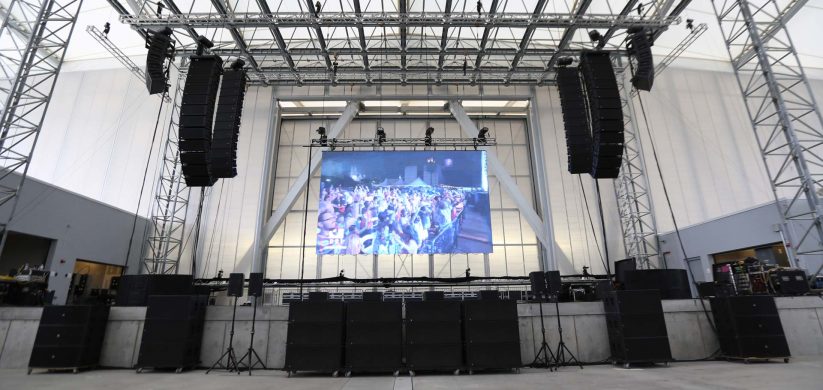Mastering Color Precision in LED Wall Adjustment for Stunning Graphic Displays
Mastering Color Precision in LED Wall Adjustment for Stunning Graphic Displays
Blog Article
Color accuracy is essential for creating stunning visual displays, particularly when using LED walls. These massive screens are frequently found in locations like concert venues, athletic arenas, and promotional billboards. When the colors on an LED wall are not accurate, the images can look flat or warped, which can affect the overall experience for audiences. Therefore, perfecting color accuracy in LED wall tuning is crucial for attaining lively and realistic visuals.
The initial step in guaranteeing color precision is understanding how LED technology works. LEDs, or light-emitting diodes, produce light in various shades by mixing red, green, and blue (RGB) light. Each pixel on an LED wall consists of these three colors. When tuned properly, the mix of RGB can produce a broad range of hues. However, if one hue is too bright or too faint, it can distort the entire screen. This is why tuning is necessary to equalize the colors and achieve the desired visual effect.
Calibration entails adjusting the configurations of the LED wall to make sure that the hues displayed correspond the initial content as nearby as possible. This procedure typically includes using specialized software and hardware instruments. Technicians often use color measurement devices, such as spectrophotometers, to analyze the colors being displayed. By comparing the measured colors to standard color standards, they can make exact adjustments. This guarantees that the hues are not only vibrant but also uniform across the entire display.
Another important factor of color accuracy is comprehending the surroundings in which the LED wall is employed. Factors such as ambient light can considerably impact how hues look. For example, a well-lit lit room may fade hues, making them look not as vibrant. To counteract this, technicians may adjust the luminosity and contrast settings of the LED wall. Additionally, they may select particular color profiles that are better suited for various lighting environments. This adaptability helps maintain color precision regardless of the viewing surroundings.
Ultimately, routine upkeep and recalibration are crucial for maintaining an LED screen looking its best. Over time, the performance of LEDs can alter due to elements like aging and temperature fluctuations. Frequent checks and modifications can help ensure that the hues stay accurate and led wall calibration for film production lively. By committing time in appropriate tuning and maintenance, venues can provide viewers with stunning visual presentations that improve their overall impression. Perfecting color accuracy in LED screen tuning is not just a technical job; it is an expertise that contributes to the wonder of graphic narration.